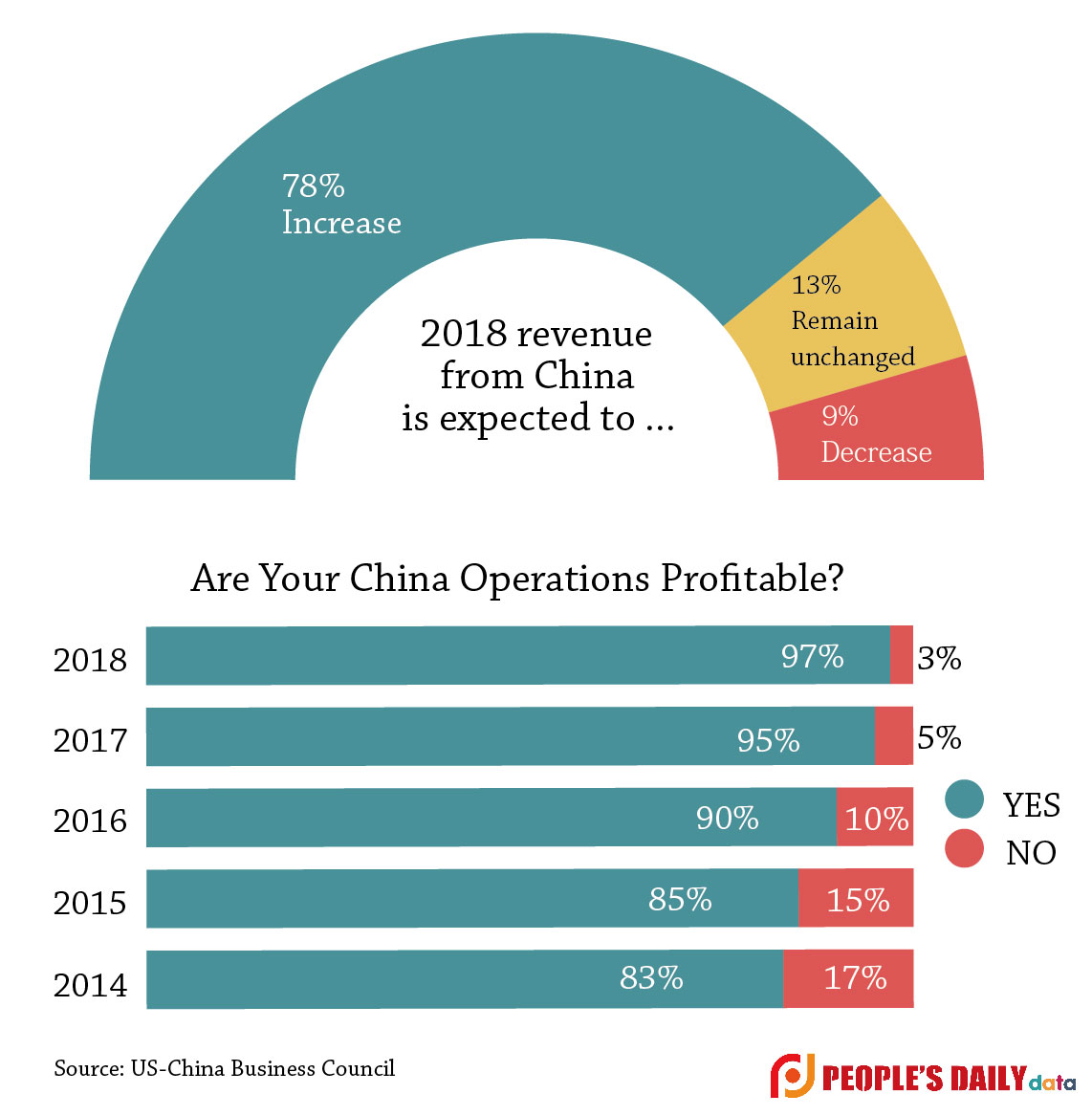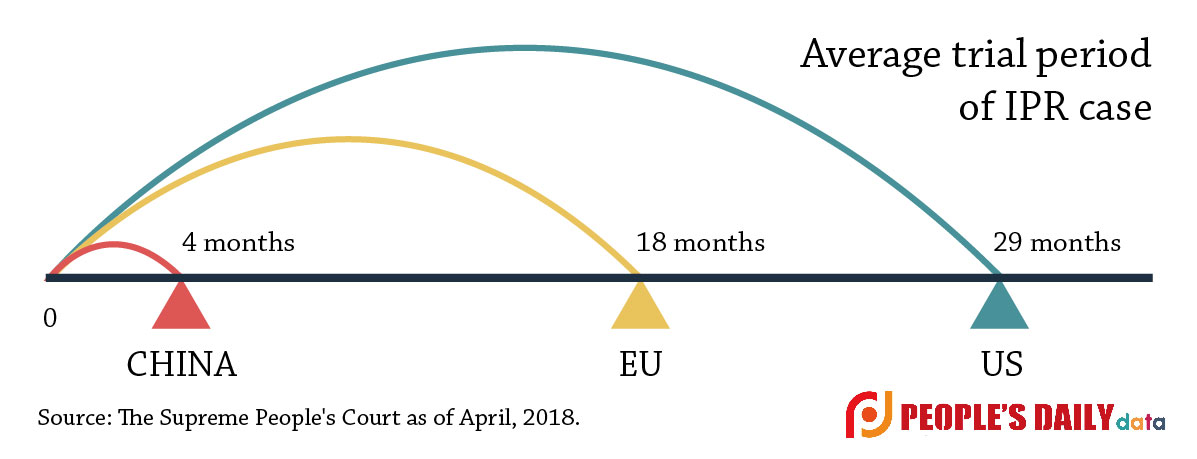China's national legislature on Friday passed the foreign investment law at the closing meeting of the second session of the 13th National People's Congress (NPC). Foreign companies have added huge momentum to the Chinese economy, and benefited from the market’s fast growth. China remains a popular destination for foreign investment despite the unstable economic climate worldwide.
In 2017, China became the second largest host economy for foreign investment with a total of $136 billion from countries around the world. China has experienced optimization in source countries, industrial structures, regional distribution and investment methods.
Overview of foreign investment in China, 2017

In 2017, Asia was the biggest source region for foreign investment in China, taking up 83.3 percent. The European Union, North America and Oceania came next, taking up 6.4 percent, 3.3 percent and 1.2 percent respectively.
With the transformation of China’s economic structure, industrial structure of foreign investment also had an upgrade. Manufacturing is the biggest industry to attract foreign investment in China in 2017. The high technology industry utilized foreign investment double to what it was before, while the service sector remained a mainstream industry with foreign investment.
As the long-term major destination for foreign investment, Eastern China has now played a guiding role and other parts of China have seen an increase in the number of newly established enterprises with foreign investment, under industrial transfer.
The methods of investment vary a lot in China, and foreign-owned enterprises are a major one. In 2017, its investment amount takes up 69.7 percent in all investment methods, which included Sino-foreign joint ventures, foreign investment share enterprises, and Chinese-foreign cooperative enterprises.
Figures on the business environment in China
According to a survey conducted by the US-China Business Council in June 2018, up to 97 percent of US companies report that their China operations are profitable and 78 percent were expecting to increase revenue from their Chinese business in 2018.

Behind these figures, the Chinese government has been making great efforts to optimize the business environment for foreign companies.
Negative list: reduction by nearly 50 percent
China has accelerated its pace to revise the negative list which outlines prohibited and restricted industries for foreign investment. The nationwide negative list has been cut to 48 measures in 2018 from 63 in the previous version. Major measures include substantially opening up the service sector and manufacturing sector, as well as easing access to agriculture and the energy sector.
In addition, foreign investors will enjoy equal treatment in market access in sectors outside the negative list and fair treatment in terms of government purchases, registration and other post-establishment activities.

The government will further shorten the negative list and facilitate foreign investment in sectors such as new energy, advanced manufacturing, petrochemicals, electronics and information, Ning Jizhe, deputy director of the National Development and Reform Commission, told press during the two sessions.
Average IPR case trial period: 4 months
In recent years, the number of foreign intellectual property cases accepted by the people's courts has increased. At present, foreign intellectual property cases account for 20 percent of court cases nationwide.
China has strengthened reform of its judicial system to improve its efficiency. By setting up the intellectual property court that deals specifically with IP cases, China has made different procedures seamlessly connected, which has greatly shortened the trial period.

According to Song Xiaoming, chief justice of the SPC IPR court, China has one of the shortest IP trial periods in the world. The average time to hear an intellectual property case for the Beijing Intellectual Property Court is 4 months, compared to 18 months in some European courts, while the first-phase preparation work in the United States takes about 29 months. For this reason, China is increasingly being selected as a key venue for patent litigation between non-Chinese companies.
Service: Single-window system
The government is providing more convenience for foreign enterprises. For example, China implemented a “One Window, One Form” policy, which requires business registration of foreign-funded enterprises reduced to a single form nationally from June 30, 2018, and different departments should further exchange information to cut red tape.
Foreign-funded enterprises will be able to submit a single form to a single office, rather than register separately with various government offices, which largely simplifies the registration process.
The data comes from a report on foreign investment in China by the Ministry of Commerce (released on September 9, 2018) and the US-China Business Council 2018 Member Survey (released on September 18, 2018).
(Produced by Wang Xiangyu, Wang Zi, Zhan Huilan and Xiao Xuetong)


